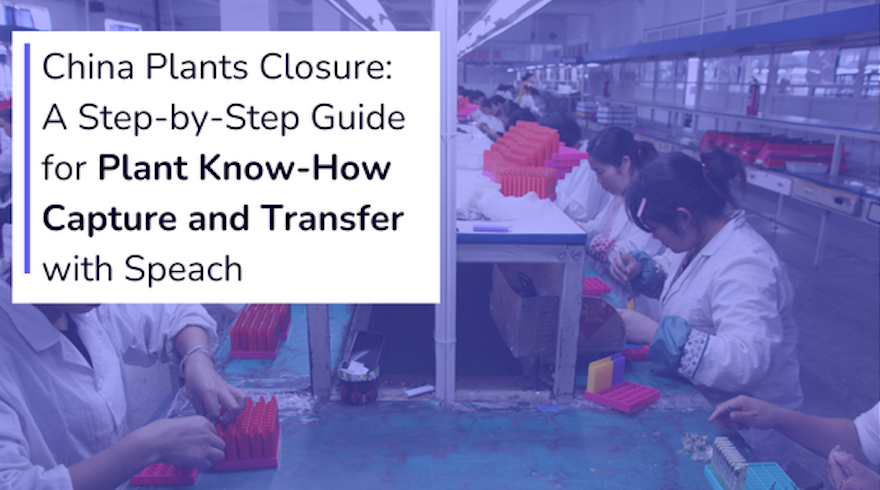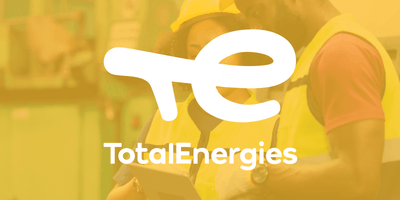The global manufacturing landscape is undergoing a seismic shift, with companies increasingly reevaluating their dependence on China due to escalating geopolitical tensions and the pursuit of more resilient supply chains. This change is underscored by the complex relationship between the U.S. and China, which, despite recent attempts to stabilize, remains fraught with competition and strategic mistrust. Furthermore, the situation around Taiwan has added layers of complexity to this dynamic, with the U.S. maintaining a strong unofficial relationship with Taiwan amidst increasing pressures from China.
As manufacturing firms navigate these turbulent waters, the closure of plants in China and the opening of new facilities in other countries pose unique challenges, particularly in transferring invaluable know-how and maintaining operational continuity across diverse geographic and linguistic landscapes. Here's a step-by-step guide to overcoming these challenges, leveraging the latest data and insights into the global political situation:
1. Assessment of Knowledge and Processes
Begin with a comprehensive audit of the knowledge, skills, and processes currently housed within your Chinese operations. This includes technical specifications, operational workflows, quality control standards, and tacit knowledge embedded in the workforce.
2. Documentation and Digitization
Transform the collected knowledge into digital formats, using AI and multimedia tools to create accessible, engaging content. This step is crucial for overcoming language barriers and ensuring consistency across global operations.
3. Implementation of AI and Automatic Translation
Leverage AI-powered tools for automatic voice translation and localization of training materials. This technology is key in swiftly adapting content for new geographic regions, enabling a seamless transfer of know-how despite linguistic differences.
4. Training and Onboarding
Develop a structured onboarding program for new plant employees, integrating microlearning and multimedia techniques to facilitate rapid learning. This approach minimizes downtime and accelerates the ramp-up period for new operations.
5. Continuous Learning and Adaptation
Establish mechanisms for continuous feedback and learning, ensuring that the transferred knowledge remains relevant and is adapted over time to meet evolving operational needs.
6. Cultural and Regulatory Considerations
Pay close attention to cultural nuances and regulatory requirements in the new locations. Tailoring content and training programs to fit local contexts can significantly enhance effectiveness and compliance.
Challenges and Solutions:
- Geopolitical Risk: The current U.S.-China relations, characterized by strategic competition and the sensitive situation around Taiwan, underscore the importance of diversifying manufacturing operations. Companies must stay informed and flexible, ready to adapt to sudden changes in the geopolitical landscape.
- Language and Cultural Barriers: Implementing AI with automatic voice translation can mitigate these barriers, allowing for the quick adaptation of training materials and operational documentation.
- Consistency in Quality and Processes: Digital documentation and training, standardized through AI and multimedia tools, ensure that quality and procedural standards are maintained, regardless of location.
In conclusion, as firms reconfigure their global manufacturing strategies in response to the shifting geopolitical and economic landscape, the ability to transfer knowledge and maintain operational continuity across borders is paramount. Leveraging technological advancements in AI and digital learning platforms offers a path forward, enabling companies to navigate these changes with agility and resilience.
For a tailored solution that utilizes advanced AI to capture and transition your essential operational knowledge seamlessly, consider reaching out to us. Explore how we can assist you further by visiting: https://speach.me/demo.





